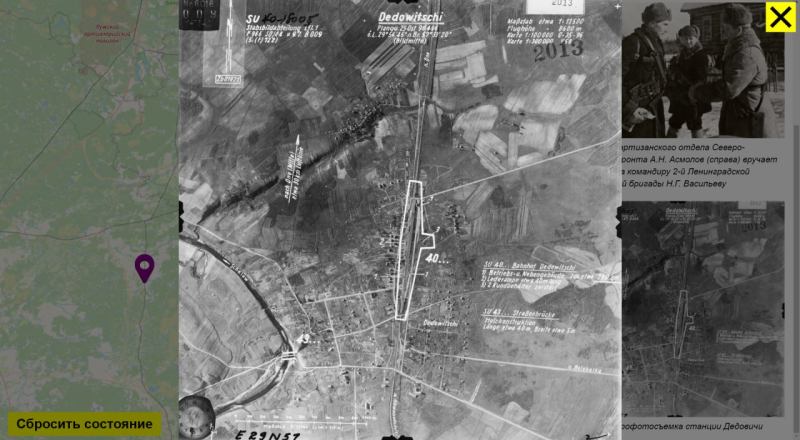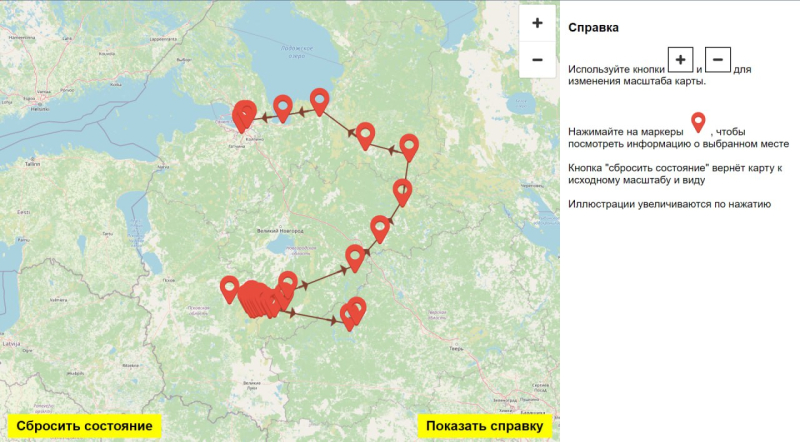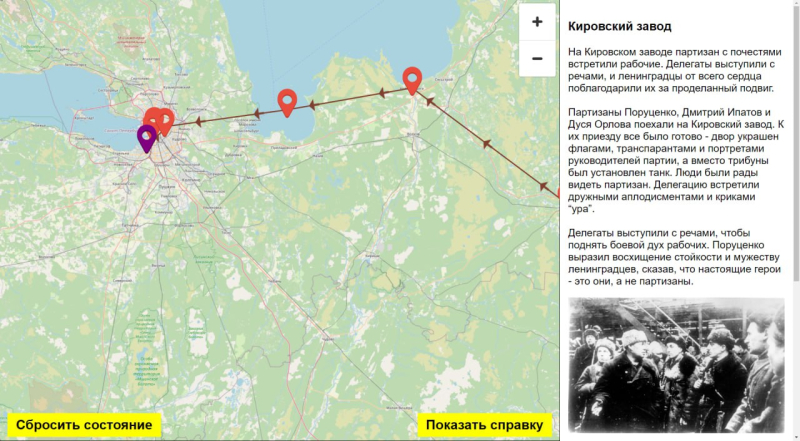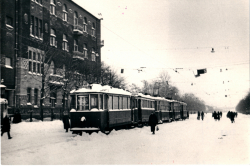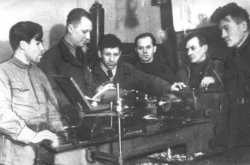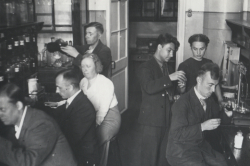The Dedovichi district developed into a partisan stronghold during the Great Patriotic War, with one of the most significant events in its history being the food supply carriage, which was assembled by the inhabitants of the Nazi-occupied region in March 1942 and transported across the front line to the besieged Leningrad.
The partisans, who themselves lacked food, donated 28 tons of flour and more than 14 tons of other products, including grain, meat, peas, honey, and butter. In March 1942, the convoy left the town of Nivki (Dedovichi district) and traveled over a hundred kilometers along the front lines, bringing over 200 carts of food to the city. Following this first effort, the residents of the Novgorod and Pskov regions continued to collect food for suffering citizens of Leningrad – 110 more carts were sent in all.
In order to immortalize the deed and the history of the partisan movement, the Memorial Museum of Defense and the Siege of Leningrad established its own subsidiary in Dedovichi in February 2024, known as the Museum of Partisan Glory, to provide an insight into the history of partisan organizations, the battle against invaders, and support in lifting the Siege of Leningrad.
An interactive map that shows the path taken by the food providers to reach Leningrad is supposed to be a part of the museum’s collection. The information about the route is now preserved in libraries, although material is often obtained from diverse sources. The map not only collects all of the information in one place, but it also allows visitors to interact with the data by zooming in and out of the route using the touch screen and becoming familiar with stops and events that occurred along the way.
The opportunity to develop such a project was brought to the students of ITMO University as part of a collaboration agreement between the university and the Memorial Museum of the Defense and Siege of Leningrad. Previously, the partners completed various projects together, including the 3D model of the exhibition The Path to Sanahin. The Story of an Orphanage, which depicts the evacuation of Orphanage No. 51 from Leningrad to Armenia in 1941-1942.
More than 20 students collaborated on the project, which was curated by the employees of the Memorial Museum of the Defense and Siege of Leningrad. The crew was to go through papers, publications, and books to gather graphics and visuals to accompany the route. ITMO University's history lecturers curated the process and verified the materials. The students' knowledge of 30 stop locations was combined into a single route, which was then expanded into an interactive and comprehensive map using data from open-source libraries.
“Our project systematizes fragmentary and scattered information about the event and presents it in a convenient digital form. The map provides a detailed itinerary of the food suppliers and insights regarding the significance of the event for the city, which may be of interest to historians and all those interested in partisan activities during the siege,” says Aigul Ibragimova, one of the project’s developers and a student at ITMO’s Faculty of Software Engineering and Computer Systems.
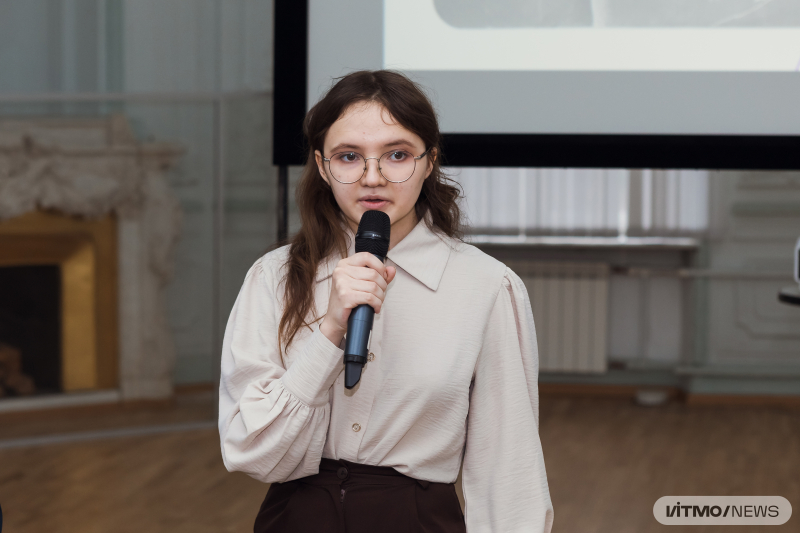
Aigul Ibragimova. Photo by Dmitry Grigoryev / ITMO.NEWS
At the Museum of Partisan Glory, visitors can now view a single stop or follow the convoy's whole route using the touch screen, as well as examine photographs, dates of arrival, locations, and other fascinating details.
“The project is essential for several reasons. Firstly, this is a joint effort between ITMO and the Memorial Museum of Defense and the Siege of Leningrad that aims to promote interdisciplinary research at the intersection of history and information technology while honoring the memory of the Leningrad siege. Secondly, the project taught students how to work with data and make technical solutions interactive. And, finally, for museum visitors the map makes a handy format to study and absorb information about the event,” notes Nikita Prigodich, one of the project’s leaders and an associate professor at ITMO’s Faculty of Technological Management and Innovations.

